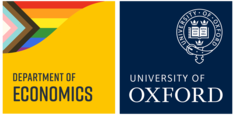This chapter discusses the role agriculture has played in growth and economic transformation in Ethiopia since the 1990s. Ethiopia’s dominant development strategy narrative since the 1990s has been Agricultural Development-Industrialization (ADLI), which takes its inspiration from dual-economy models of linkages between sectors. We use the theoretical perspectives of these models and of ADLI to discuss progress in growth and poverty in this period. We find that ADLI offered a plausible and seemingly successful strategy for Ethiopia at an earlier stage of its growth and transformation, but it has serious limitations. In more recent years there appears to have been more emphasis on urban and industrial growth and this may also have the potential to boost value added and labour productivity in agriculture-reversing the sectoral dynamics of the ADLI approach. Looking forward, we posit that to make further progress in agriculture, there is a need to acknowledge and facilitate the transmission of urban and international demand, thereby encouraging higher-value crops and higher value addition.


